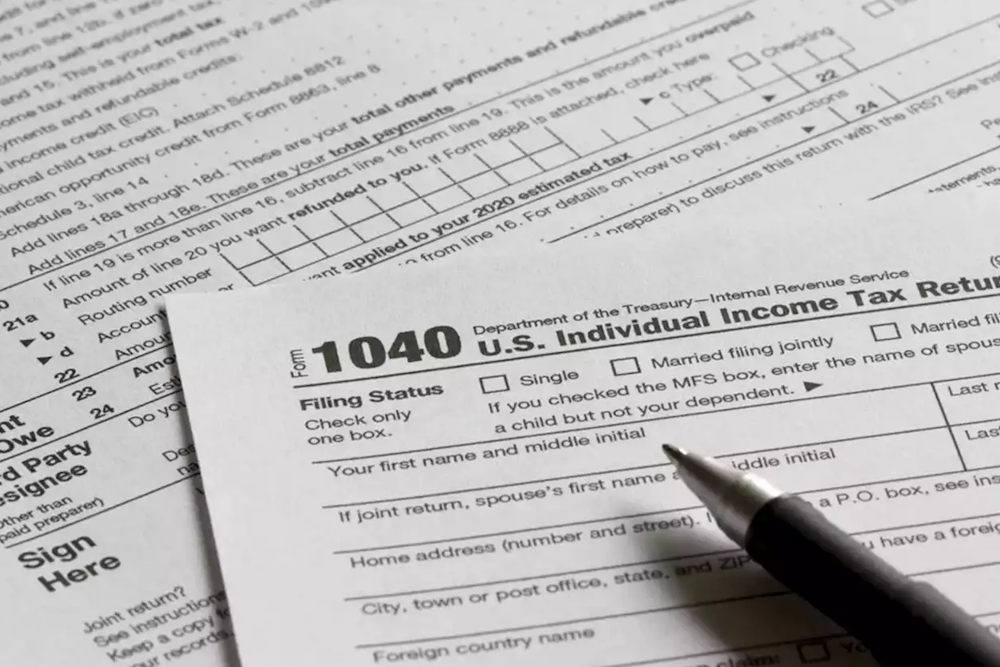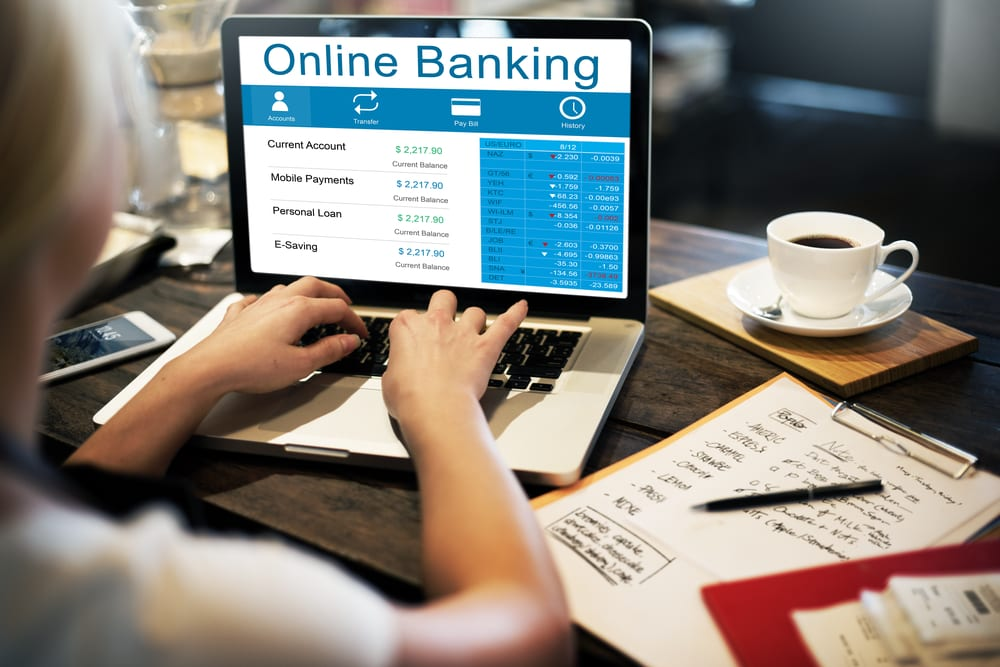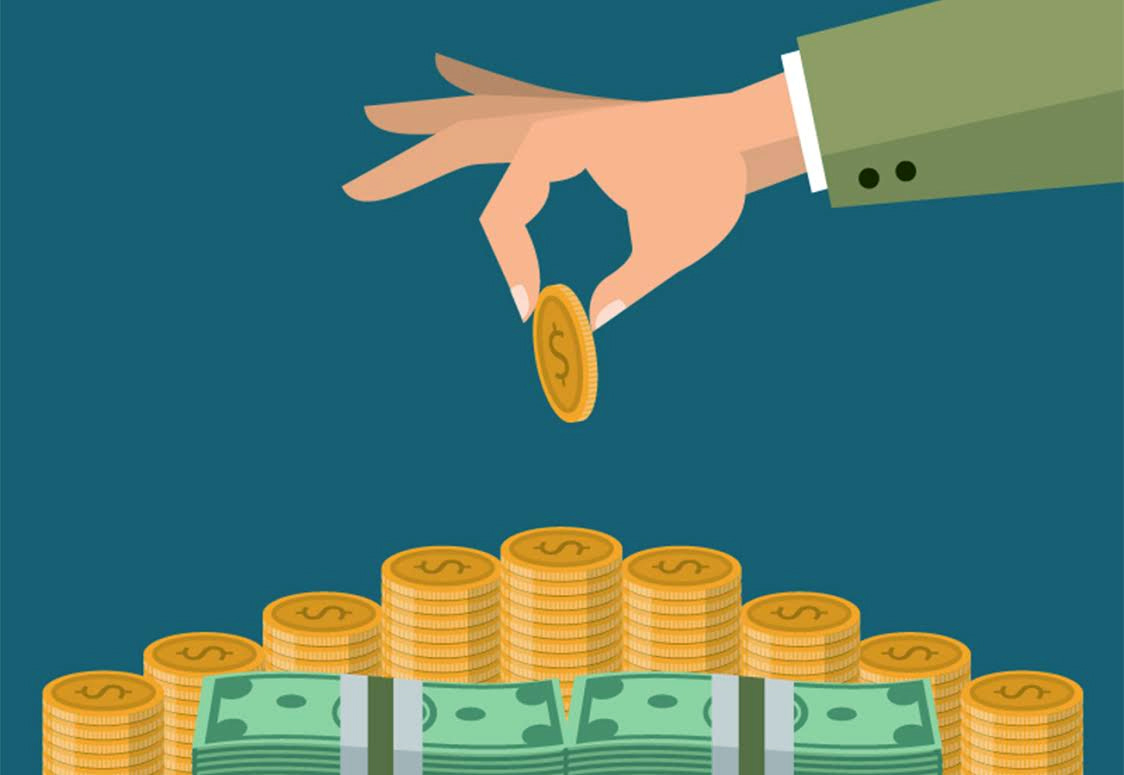
Top 12 Features of Short Term Financing
Small businesses depend on short-term finance to keep up with operations through economic downturns. Without short-term funding, new businesses may never be launched, or expansion and growth might be compromised. Businesses may depend on access to short-term capital to obtain equipment, even though in certain similar cases, long-term funding may apply instead. Let us dive into the common characteristics of short term loans.
Flexibility
Businesses can turn to short-term funding to lease or rent equipment that they need to operate a business thanks to the inherently flexible nature of short-term funds. Traditionally, equipment costs are lofty and might be best suited for long-term finance, which unfolds over many years. Suppose the financial institution is unwilling to take on the risk linked with funding equipment needs over the long term. In that case, however, the short term credit is usually flexible enough to fund equipment needs.
Loans amounts available for short-term business loans
To lower risk, short-term business financing ranges from as little as $5,000 to $500,000. The higher the loan, the more likely the business lender might ask for extra information other than just bank statements. Higher than $500,000 can be hard to find because of the higher risk linked to more lax credit standards of short-term business funding.
Loan repayment
The length of time to repay will generally be in the range of four to eight months due to the greater risk that comes with more lax credit standards of short-term business funding.
Long-term rates for short-term business loans
It is very essential to know that short-term funding products generally have fixed costs called factor rates, which are very different from the principal in interest rate loans. It is typically a fixed cost linked with the business financing, whether you pay off earlier or not, unlike interest business loans and principal. You can get a fixed cost rate that varies from eight to forty-five percent of the loan or financing amount. An example of cost example;
$10,000 business loan amount X 1.25-percent factor cost is a payback cost of $12,500. Typically the difference between the loan amount and the payback cost is $2,500, your factor cost, or interest. Some of these products provide an early pay discount, which is a percentage off of the payback. This varies from one lending institution to another but is not the same as interest and principal remaining. Thus, it is essential to weigh the money’s cost versus the benefits that money will offer to your business.
Credit requirement
The best part is that short-term business funds enable the business lender to take on higher risks by reducing credit standards since, quite simply, they are getting their cash back faster than longer-term loans. Fico credit scores can go all the way down to Subprime degrees as low as 500 and as high as credit scores can go. Basically, the better the credit, the lower the rates and costs linked to short-term business funding products. So, the business owner’s credit ranking does matter when trying to get the best deals.
The revenue and collateral requirements for short term business loans
As mentioned earlier, there is more flexibility in revenue requirements than long-term business loans, and personal collateral is rarely needed. Typically, a business must deposit a minimum of $10,000 monthly in sales via a business bank account month over month to qualify. Still, certainly, there is no limit to the amount of revenue that a business will deposit annually.
Fast cash
A short-term business loan can provide you quick access to the money you need. If you have unexpected expenses that require to be paid for right away, these loans can help. Typically the borrower’s capability to repay the loan is less likely to change significantly over the short term. Therefore, the time it takes for lenders underwriting, the procedure is shorter. So, the borrower can obtain the required funds faster.
The financial statement needed for short-term business loans
Generally, the requirements for short term funding are much less than the long term alternative. The only requirement from a paperwork standpoint is three to four months of business bank statements to be able to qualify for business financing. Some products might also request Merchant Processing Statements (if applicable) or business tax returns if an amount required reaches a certain point. There can also be requests for extra bank statements and account receivable reports if there is some seasonality to the business.
Uses for short-term business loans
By far, the greatest reason for short funding is business working capital. Managing business cash flow is a challenge, despite the size or type of business. Short-term business funding enables the business owner the ability to re-access needs all through the year. Other uses include needs that can be eligible for financing through long-term products such as business loan expansion, supplies, equipment, software, etc.
Not a long-term solution
Whereas a short-term personal loan can assist you in a dire situation when you are short on cash, it is not a long-term solution to your financial hardships because of its cost and sometimes onerous terms.
Costly fees
High charges for late payments, origination, and other things can add up faster, making your short-term personal loan costs skyrocket.
Okay for businesses with bad credit
Even though you have less than stellar credit score, you might still get approved for certain short-term personal loans. As far as you have a regular income, you should not have an issue getting fast cash.
How a short-term personal loan works?
Unlike a traditional business loan, which you typically pay back over several years, a short-term business loan is crafted to be repaid within a year, or even just a couple weeks based on the loan. Even though the type of short-term loan you get will be based on your creditworthiness and the lending institution you choose, most of them work like this:
- The borrower applies for a business loan with a storefront or online lender.
- The lending institution performs a credit check or looks at the borrower’s paystubs or other documents to assess their financial history.
- If the lender accepts your loan request, you will get a loan offer, including a term and interest rate. You should receive your answer faster- in fact, many short term loan providers will get back to you within an hour.
- The borrower agrees to the loan offer and receives the money. The lender will probably transfer the funds to the business owner’s bank account within twenty-four hours of approving the loan request.
Top types of short term business loans
There are various sizes and shapes of short-term loans: however, a few main varieties dominate the industry:
- Doorstep: After your application has been completed and you have been approved in principle, an Agent will come and visit your house to discuss the loan and complete an assessment of affordability to understand if you can afford to borrow the amount you have requested. If your application was successful, they will give you the loan, and you repay the loan in cash installments weekly.
- Online/installment: The loan application and approval process are all done online, and you pay back over several months; however, usually not longer than a year. Online business loans can also get the money into your bank account faster-sometimes within minutes of being approved.
- Payday: Generally, they are paid back in one lump sum when the borrower gets their pay packet. Specific high street lenders provide these; you can visit a branch to get your loan and repayments will be retrieved from your bank account, frequently automatically by what is known as continuous payment authority.
- Line of credit: A credit line is a funding arrangement where a bank or a financial institution determines in advance the maximum loan amount for a specific borrower based mainly on their creditworthiness. The borrower’s loan amount might be withdrawn in a lump sum manner or alternatively in installments, as the need arises. Charges are incurred for the amounts borrowed and not for the sanctioned loan amount.
- Bank overdraft: Bank overdraft facility is a kind of credit line associated with the existing bank account of the borrower. The bank fixes the amount of overdraft in advance. If the borrower’s account’s funds are not sufficient to cover any payments to be made, the bank might extend extra funds. Bank charges will be paid for such facilities.
- Merchant cash advances: This kind of facility is most suited to businesses with large credit card sales contrary to cash sales i.e, their clients make card payments during purchases. Under this facility, a bank agrees to advance a lump sum amount to the borrower.
Short term business loans are ideally meant to cater to the immediate liquidity requirements of the borrowers. It is up to the borrower to assess and select the method of funding best suited to the business to enjoy maximum facilities at a minimal cost.












